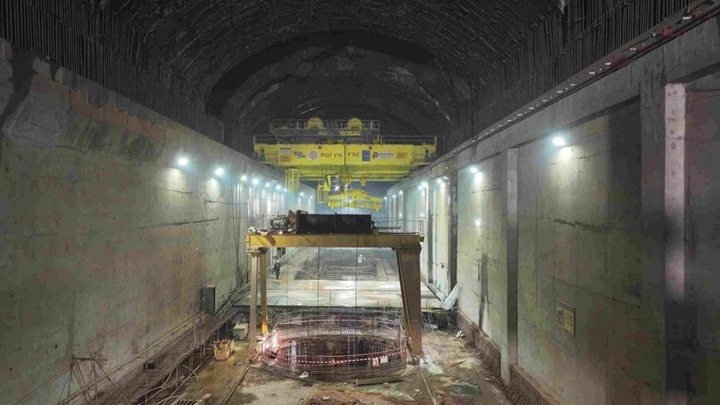The ambitious project to build the Rogun hydroelectric power station, designed to ensure Tajikistan’s energy independence and turn the country into a major exporter of electricity, could result in serious problems for its financial stability. Analysts from the Eurasian Fund for Stabilization and Development (EFSD) in their new economic review warn that large-scale financing of this megaproject is associated with significant risks for the budgetary and debt sustainability of the republic.

According to experts, it was the high costs associated with the completion of the hydroelectric power station that became the key reason for revising the forecast for the state budget deficit upward. If in the near future the economy of Tajikistan is showing strong growth, largely thanks to the service sector and remittances from migrants, then in the medium term the financial burden from the Rogun hydroelectric power station will be fully manifested. The budget deficit is projected to reach 1.3% of GDP in 2026 and grow to 1.6% of GDP in 2027.
EFSD specialists point to two main threats. The first — is a possible significant increase in the final cost of the Rogun hydroelectric power station completion project, which will require additional, unplanned injections from the state treasury. Second — the need to increase spending in other socially important areas against the backdrop of limited budgetary opportunities. In fact, the country risks finding itself in a situation where all financial reserves are directed to one giant project to the detriment of other sectors of the economy and social sphere.
The situation is aggravated by systemic problems in the electricity sector of Tajikistan. Experts note that risks to the budget and public debt could seriously increase after 2027 if the financial recovery of the industry is not completed. This implies solving such painful issues as increasing electricity tariffs for the population and enterprises, improving payment collection and radically reducing technical and commercial losses in networks.
Thus, despite current positive macroeconomic indicators, including strong GDP growth of 8.2% in the first quarter of 2025 and a temporary budget surplus, the long-term outlook raises serious concerns among analysts. The pursuit of the realization of the national dream in the form of the Rogun hydroelectric power station puts the economy of Tajikistan in a vulnerable position, where any unforeseen increase in costs or foreign economic shock could critically upset the fragile budget balance and lead to an uncontrolled increase in public debt.




